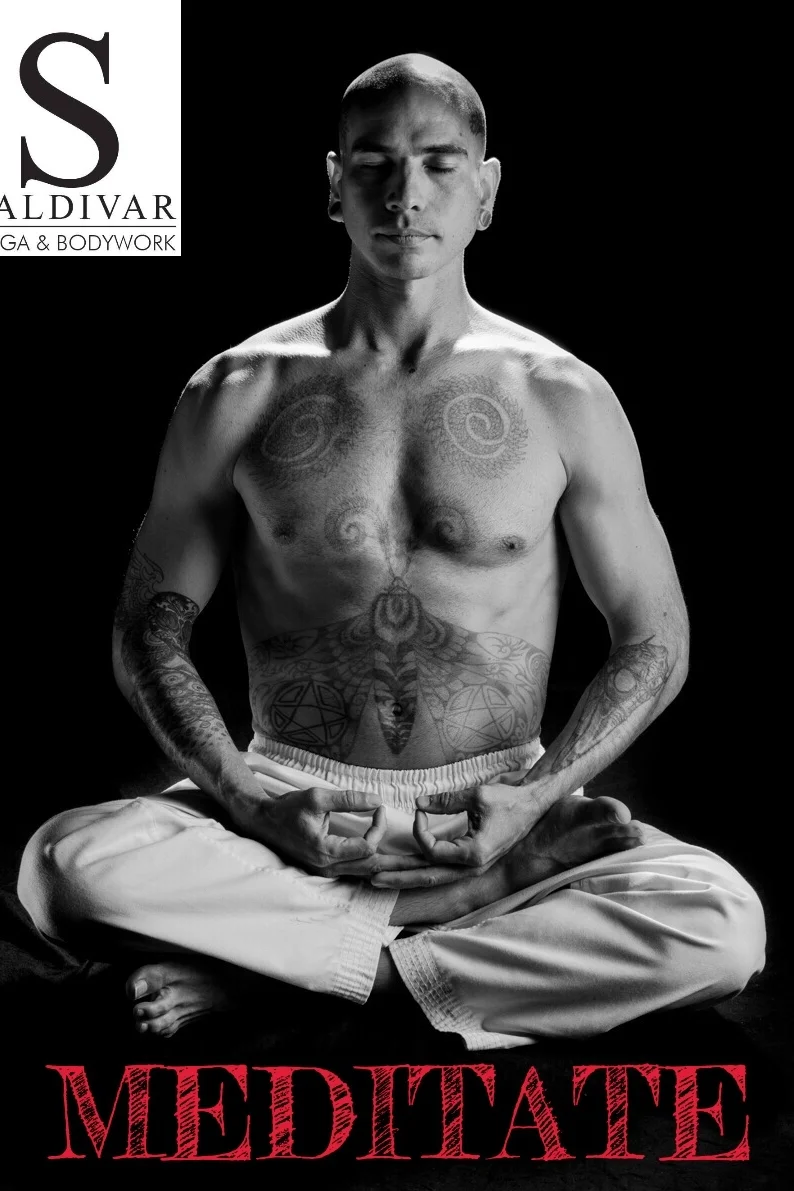6 Steps From Trauma To Dharma From Sat Nam Fest
Overall, Sat Nam Fest was a rich experience of divine music, delicious food, and all the Kundalini Yoga you could hope for. It was one potent workshop after another packed into 5 days in the beautiful desert of Joshua Tree. From Wha Kundalini Dance classes to holding space with Jai Dev Singh, there seemed to be a common theme for this year’s festival: how to heal trauma.
At Dr. Azita Nahai’s workshop, she began the session with a personal story. Sitting in front of an intimidating immigration officer for a citizenship interview, Dr. Nahai was questioned about her work and past activities. The officer came upon a gap in her work timeline and began to drill her, “Where were you in August 2002?!” The truth is that Dr. Nahai was in a recovery center after escaping an abusive relationship and her first reaction was to be defensive. Catching herself, she paused and with heart pounding, began to tell the officer the truth. After a pause, the officer softened, looked at Dr. Nahai, and said, “Me, too.” The words were a reminder to Dr. Nahai that she was not alone, and she did receive her immigration status. (And a hug from the intimidating officer). Dr. Nahai teaches “From Trauma to Dharma,” which enables us to become our own anchors during life’s storms, turning pain into purpose. So, how can we consider painful disruptions in our lives as a wake-up call? What is the hidden opportunity here to learn who you really are? A painful situation can be a catalyst to put us back on our path if we’ve strayed. Here’s how:
1. Acceptance
How do we get to acceptance? We get there through the body and the breath. Trauma is the tyranny of the past in the present. Our breath, sitting on the yoga mat helps us realize, ‘I am bigger than my past.’ (Note that acceptance does not mean resignation)
2. Choice
In this present moment we can access the second principle, our agency - we have a choice. Maybe I cannot change what has happened to me, but I can change how it impacts me. Between stimulus and response, there is a space. Within that space, we have the power to choose our response. Within that response lays our freedom. Our yoga practice helps us cultivate that space between stimulus and response. We then see we can make new choices.
3. Authority
With that, we have a new sense of authority. We develop the confidence that comes with realizing and exercising our power of choice. Dr. Nahai notes here that life may remind us that, while we have authority, we are not the authority! Any time we think we are the authority, she notes, a humbling experience cannot be far off.
4. Grace
We may have grit and determination, but it is necessary to allow grace to enter as part of the equation. This is when spirit comes in. Life circumstances can sometimes humble us. In this process, we uncover so much more in ourselves, and a deeper wisdom as well as connectedness to others.
5. Appreciation
We notice others in a different way. We realize we are all so similar. Our relationships become more meaningful. We are willing to become more vulnerable, to appreciate more.
6. Dharma
Dr. Nahai notes that once we see that everything is connected, we see that when we are our own unique selves, that is what is also going to best serve the world. That is the dharma. We can use our pain, by moving through these steps, to serve with compassion.
More information about Dr. Nahai and her workshops can be found here. The next Sat Nam Fest is in August in the Berkshires.









